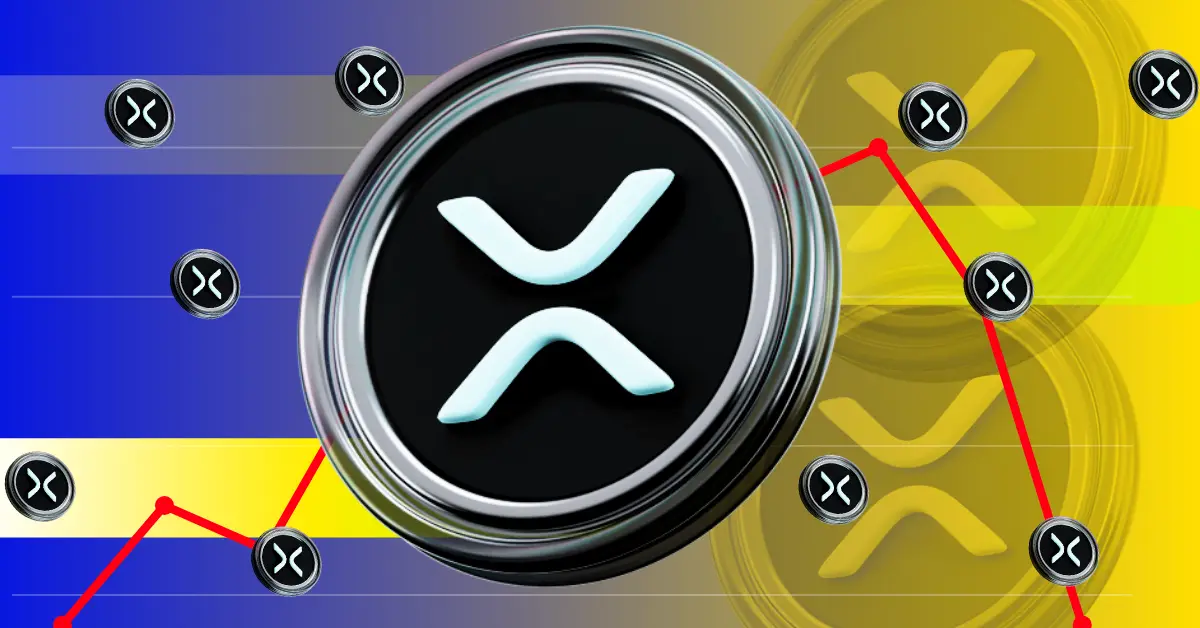The XRP and Stablecoin Symbiosis: Navigating a Transforming Landscape
The world of cryptocurrency is a constantly evolving ecosystem. The arrival of well-regulated and stable stablecoins brings with it both challenges and possibilities for established digital assets like XRP. A key question for the XRP community is whether the increasing sophistication and adoption of stablecoins will reduce the need for XRP, particularly in its core function of facilitating cross-border payments. Understanding the nuanced relationship between XRP and stablecoins, recognizing both the potential for disruption and the opportunities for synergy, is paramount as Ripple navigates this shifting environment with its own stablecoin, RLUSD.
The Central Question: Is XRP’s Role Diminishing?
The primary concern centers on the fundamental purpose that XRP was designed to serve: acting as a bridge currency and reducing the cost and time associated with traditional international transactions. Stablecoins, especially those pegged to the U.S. dollar, appear to offer a direct solution, providing a digital equivalent of fiat currency that can be transferred globally. The issue, at its core, is that if both a dollar and a dollar-backed stablecoin reside within a system, the stablecoin might eliminate the need for XRP as a go-between. In this view, stablecoins could directly offer stable value transfer, reducing XRP’s importance as a “bridge” asset.
Moreover, the operational versatility of stablecoins adds to their appeal for financial institutions. Unlike XRP, which is intrinsically linked to the XRP Ledger, stablecoins can operate across multiple blockchains. This multi-chain capability gives greater flexibility and more integration options.
Ripple’s RLUSD: Is it Competition or a Complement?
Ripple’s answer to this changing landscape comes in the form of its own stablecoin, RLUSD. Initially, the market underwhelmed after the announcement, with XRP’s price gaining momentarily before retracting. However, the main argument suggests RLUSD is designed not to *replace* XRP, but to *enhance* its utility.
The central point revolves around the inherent limitations of stablecoins compared to XRP. Even though stablecoins offer price stability, XRP continues to provide advantages in terms of speed, cost, and liquidity. XRP can execute transactions quicker and at a lower cost than most stablecoins. RLUSD is being positioned as a tool to expand Ripple’s product portfolio, attracting users who prioritize fiat stability while also leveraging the underlying infrastructure of the XRPL.
The release of RLUSD also aligns strategically with anticipated U.S. stablecoin regulations. Industry experts believe that a regulated stablecoin environment will boost RLUSD adoption, increasing usage on the XRPL and, in effect, demand for XRP. This is due to XRP’s key function in providing efficient liquidity between different assets within the XRPL, including RLUSD.
How XRP Serves as a Liquidity Engine
A recurring point in this analysis is XRP’s role as a fundamental “liquidity engine” for the XRPL. Even amid the growth of stablecoins, XRP remains crucial for efficient interaction between various assets. In this scenario, while stablecoins might handle the initial transfer of value, XRP is key for helping with the subsequent exchange and settlement of those funds within the XRPL system.
This is reinforced by XRPL’s expanding stablecoin ecosystem. This growth highlights XRP’s importance as basic infrastructure rather than diminishing it. XRP’s ability to provide quick and inexpensive liquidity only becomes more essential as the XRPL becomes a central hub for stablecoin transactions.
Beyond Payments: A Wider Ecosystem
The potential of stablecoins goes beyond mimicking XRP’s payment capabilities. Stablecoins also provide a stable store of value for XRP holders, which lowers the risks associated with XRP’s price volatility. This is especially useful for those who want to keep value within the XRPL ecosystem without being exposed to the fluctuations of the broader cryptocurrency market.
In addition, the growth of stablecoins is influencing the larger financial landscape, including emerging technologies like the Internet of Things (IoT). Integrating stablecoins and XRP within “Coldware IoT” applications points to a future where decentralized finance plays a growing role in everyday transactions.
The Regulatory Landscape and XRP’s Potential
Upcoming U.S. stablecoin regulations have the potential to further establish XRP’s position. The analysis suggests that these new rules will provide a more favorable environment for RLUSD, encouraging uptake and increasing demand for XRP. Clear regulation will increase confidence and trust in stablecoins, encourage greater institutional involvement, and benefit the entirety of the XRP ecosystem.
The debate over whether XRP *is* a stablecoin highlights the complexity of its categorization. While some have argued that it should be recognized as a stablecoin, especially since a World Bank assessment, XRP’s unfixed value is the fundamental distinction. XRP’s price, unlike that of traditional stablecoins that are pegged 1:1 to the USD, is set by market forces. However, Ripple’s efforts to improve XRP’s utility and stability through partnerships and technical advances could foster a more stable market environment.
A Symbiotic Future: The Conclusion
The narrative surrounding stablecoins and XRP is not just about disruption, but rather complex interplay and opportunity for synergy. While stablecoins undoubtedly provide a viable alternative for some cross-border payments, they do not eliminate XRP’s use entirely. Instead, stablecoins, particularly RLUSD, can *complement* XRP’s existing capabilities, growing the XRPL network and solidifying its role as a top platform for digital asset transactions.
XRP’s part as a liquidity engine and the future advantages of positive regulation point to a future in which XRP and stablecoins work together, each improving the other. For example, comparing XRP to a “fast-food chain” because of its speed and efficiency, while stablecoins offer a more standard product, is a good way to describe this relationship. Ultimately, the future of international payments is likely to be a hybrid one, combining the strengths of both XRP and stablecoins to build a more effective, accessible, and inclusive financial system.












